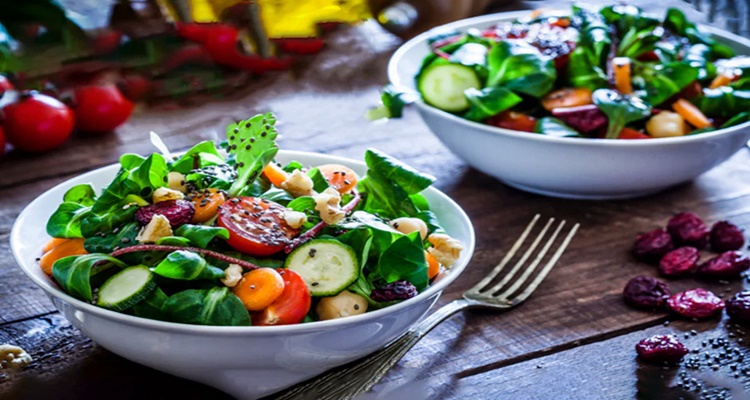A beginner’s guide to volume eating for weight loss.
Is volume eating effective in managing weight? Here are some details about this eating approach you might want to know if you want to lose weight.
Losing weight is one of the hardest things to achieve especially when you are not ready. Saying that you want to lose weight is not enough. There should be an act and lots of discipline in order to reach your goal.
In terms of weight loss, trending nowadays is volume eating. This is an eating approach where you eat a lot but without affecting your calorie intake. This is consuming big bowls of foods without sabotaging your health goals.

Understanding volume eating
This approach is more into low-calorie, high-volume foods which means that in every meal, it is encouraged to to add more fruits, vegetables, and other nutrient-dense foods. These high-volume foods promotes the feeling of fullness by eating more but without literally eating more in terms of calories.
This type of eating can make weight loss easier as it will help you feel full and satiated for longer which results in eating less frequently. For example, there are 100 calories in 1 Tbsp of peanut butter but there are also 100 calories in 3 cups of air-popped popcorn.
Examples of high volume foods are:
- Fresh or frozen berries
- Fresh or frozen fruits in general
- Non-starchy vegetables like zucchini, celery, and cucumber
- Cruciferous vegetables like broccoli, cauliflower, and kale
- Puffed grains like rice cakes or popcorn
Some of the benefits:
- Supports weight loss as you tend to eat more but without compromising your calorie intake.
- High-volume foods like fruits, vegetables, and puffed grains are high in fiber which promotes good digestion.
- Eating more fruits and vegetables will have better results in your long-term health.
- This makes eating healthy feel and done really easy.
- No more obsessing over calories, feeling guilty over food choices, binge eating, or others. The main focus is mainly consuming nourishing foods.
Here are some tips from the Real Life Nutritionist:
- spinach or frozen cauliflower rice to smoothies
- a bag of coleslaw mix to fried rice
- eggs and toast with a handful of berries on the side
- half regular pasta, half zucchini noodles
- finely chopped mushrooms and onions to meat sauce
- 2 extra bell peppers to homemade turkey chili
- chicken salad or tuna salad over a big bowl of greens
- berries on peanut butter toast instead of jam
- half of your plate with veggies or a side salad at dinner
- half bell peppers, half tortilla chips for nachos
- handful of mini peppers and baby cucumbers with snacks
- chopped apple into your oatmeal
- thin slices of eggplant and zucchini in your lasagna
- cauliflower rice with regular rice
- chopped carrots with roasted potatoes
- stir steamed broccoli in with your boxed mac n’ cheese
- more veggies than pasta in your favorite pasta salad
- two greens instead of one as the base of salads
- cucumber slices, baby carrots, and snap peas with yummy dips
What can you say about this? Let us know in the comments!

